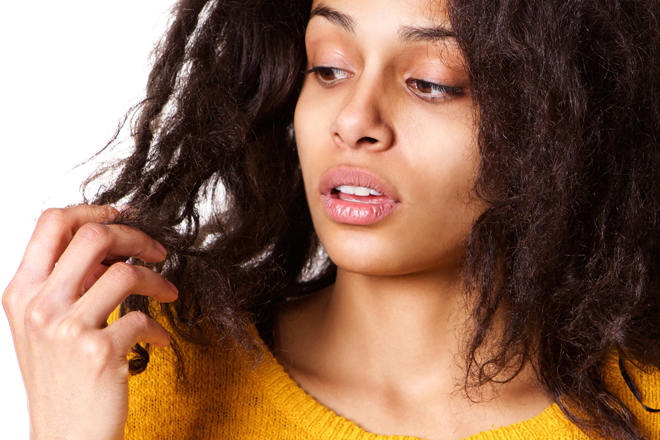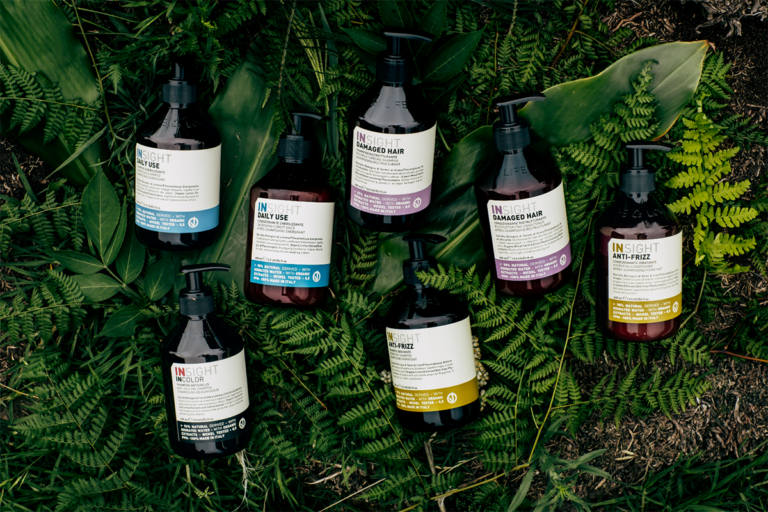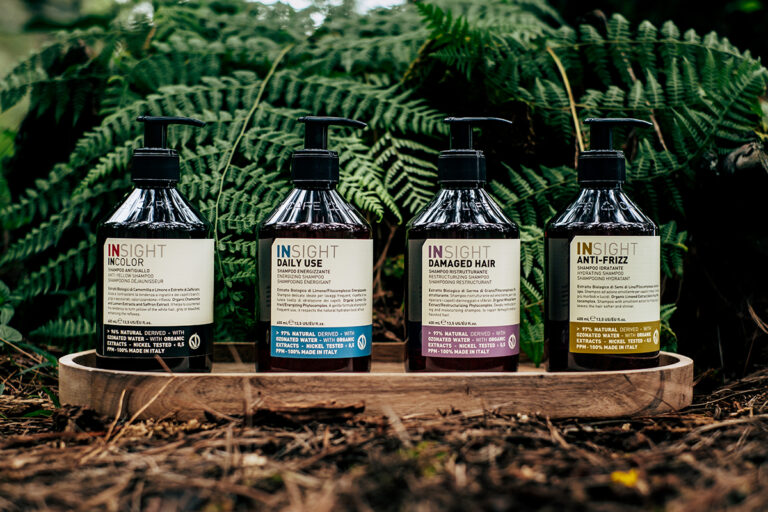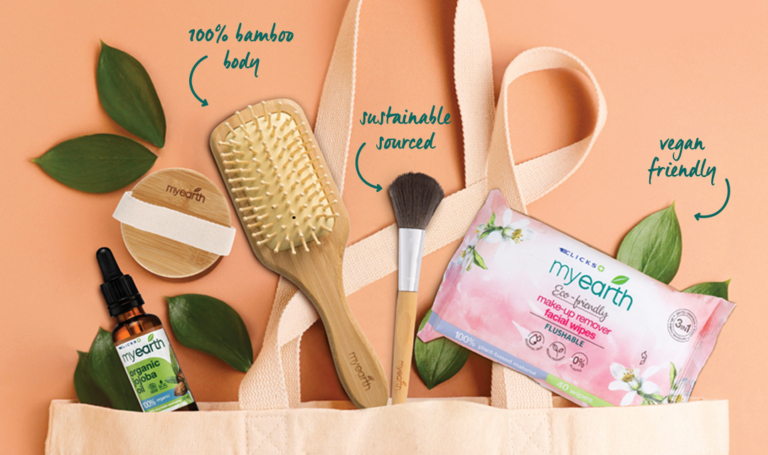We’ve all been there. While styling your hair, you watch in horror as what seems like a clump of it lands in the sink. Or what looks like half your curls clinging to the wide-tooth comb after detangling it. Breakage is definitely disheartening when you’re on that journey to healthy, long hair. But should you always be worried?
Is it really breakage?
First of all, it is important to know that hair falling from your head, er, falls into two categories: breakage and shedding. Shed hairs come out at the root and you can tell by the tiny white bulbs at the ends – take a closer look, but then resist the urge to examine every single hair from now on! Shedding is natural and it’s normal to lose 50 to 100 strands per day, most of which will get intertwined with your hair and fall off together when you style or wash your hair, causing that familiar panic. Breakage, on the other hand, is when strands of hair break off somewhere along the shaft.
What’s causing it?
Curly hair is quite fragile and more prone to breakage than straight hair. With all the touching, styling and prodding that goes on, some wear and painful tear should, unfortunately, be expected.
Other factors that contribute to excess breakage include mishandling your hair; using the wrong tools (such as fine-tooth combs and elastic bands), chemical processing, too little moisturising, heat styling, pulling and stretching. A poor diet, unhealthy weight and hormonal imbalances are also common culprits.
Now do better
Now that you know what breaks you hair, here’s how you can make up for it and keep it down to a minimum.
Start gently! Wide-tooth combs are great for natural hair, but even better is using your fingers to detangle hair carefully, working one small section at a time. Choose hairbands made of softer materials, as elastic bands and metal pieces can easily damage hair. The same goes for your pillowcase. Cotton is a big no-no – try satin or silk, or at least wrap your hair in a scarf at bedtime. It’s also beneficial to cut down on how often you use heat stylers. If you absolutely have to, go for the lowest heat setting. Also avoid hair styles that pull too tightly.
Healthy hair is happy hair, so pay attention to the condition of your locks. Deep conditioners and moisturisers nourish hair and improve elasticity – great for fighting breakage. Your diet also plays a big role and should be full of omega-3 fatty acids, proteins, B-vitamins and zinc.
As much as you may dread the scissors, trimming split ends prevents them from causing more damage and breakage. Keep an eye on your hair and schedule a trim when necessary.






7 Responses
Damn, I think I may have cotton pillowcases, type to switch it up! Thanks for the info :)
My hair is long, so I don’t always see breakage if I don’t pay attention. Something that I have noticed that helps and is natural is coconut oil, just a dab on the tips can help seal ends until you get the next trim.
I’ve been detangling my hair with my fingers for the past month and noticed a big difference when it comes to breakage. I only shed hair that’s coming out so I’m holding back on the wide tooth comb for now.
My hair is very tightly coiled, and breaks a lot. It shrinks up to 90% of its length when blowdried. Seems like oils make it coil tighter because shrinkage is higher when its oiled.
I try not to brush my hair, instead I bought a comb from Woolworths and only brush through after and before a wash, followed by a good hair oil.
Use less heat on your hair or no heat at all. There are ways to stretch your hair naturally.
My hair is breaking and falling out a lot lately, so these tips will be very helpful.